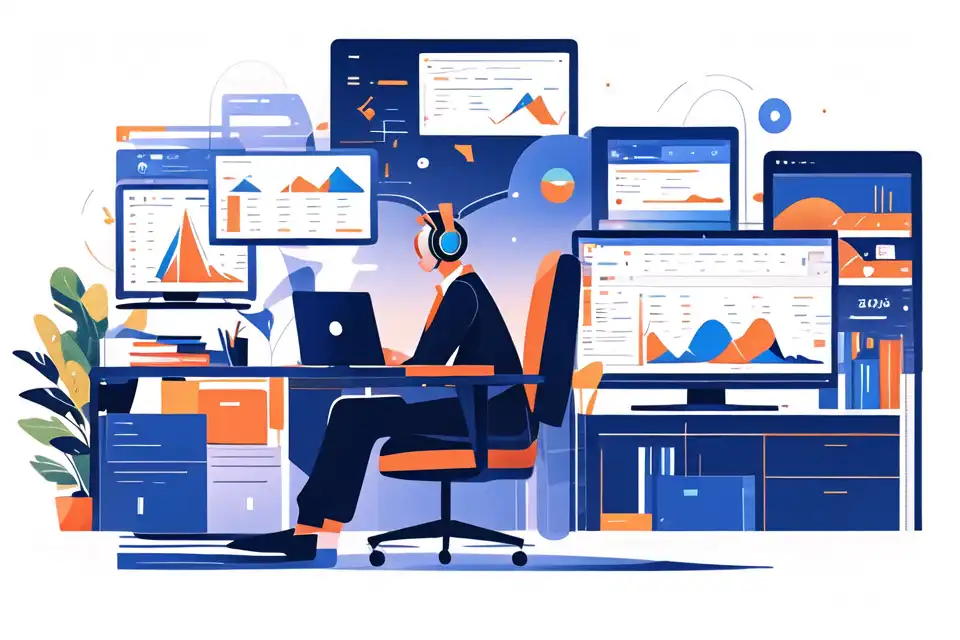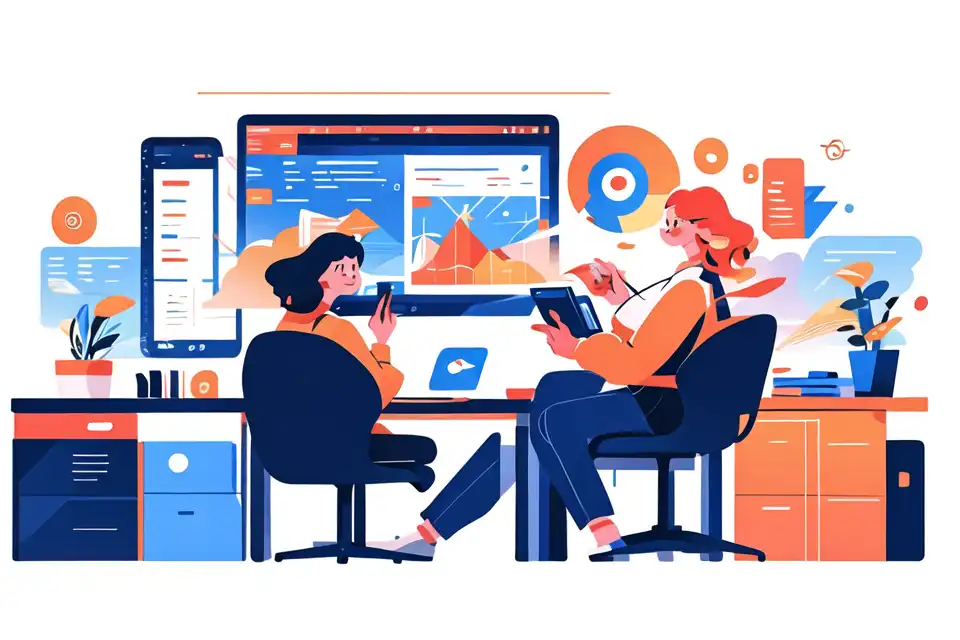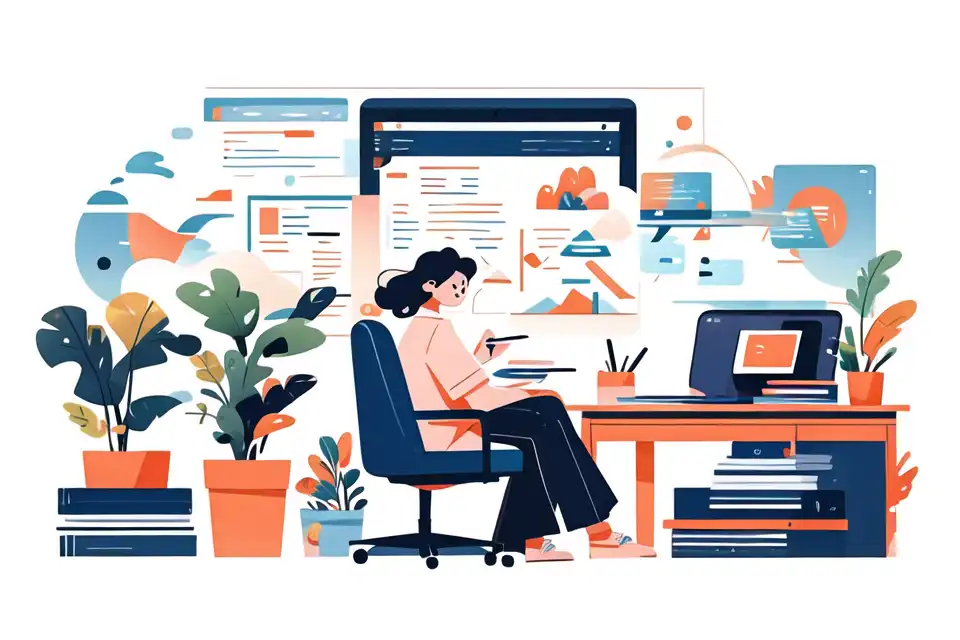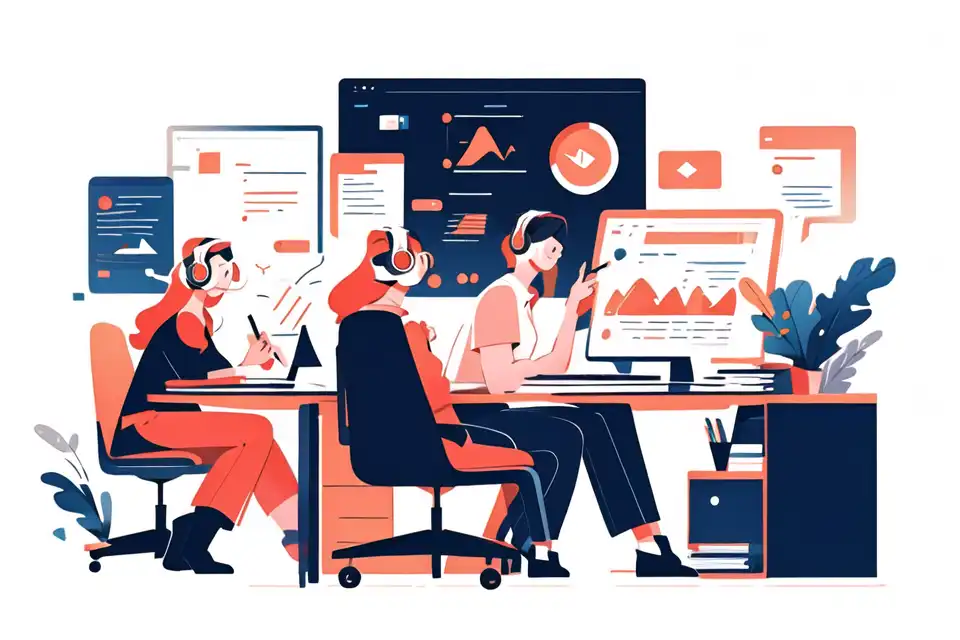How to Communicate Dissatisfaction With a Supplier Professionally
Master the art of professional communication in business settings with expert guidance. Learn how to communicate dissatisfaction with a supplier professionally.
Try Lark for Free
Navigating the intricate web of business interactions often involves engaging with various suppliers. While the majority of these encounters may proceed without a hitch, there are instances where one needs to express dissatisfaction professionally. This article delves into the art of effectively communicating dissatisfaction with a supplier, a skill that can profoundly impact the course of business relationships.
Why is it important to understand how to communicate dissatisfaction with a supplier professionally
Exploring the significance of effectively communicating dissatisfaction with a supplier highlights several critical aspects that underscore its importance.
Impact on Business Relationships
Mastering the art of articulating dissatisfaction with a supplier professionally is crucial as it can significantly impact the health of business relationships. How dissatisfaction is communicated may influence the future interactions and collaborations with the supplier, making it essential to handle such situations with care and professionalism.
Maintaining Professional Conduct
Understanding how to communicate dissatisfaction with a supplier professionally underscores the importance of maintaining a professional demeanor throughout the process. By doing so, businesses can navigate dissatisfaction without compromising their reputation or ethical standards.
Ensuring Constructive Solutions
Proficiently expressing dissatisfaction with a supplier ensures that the interaction remains focused on seeking constructive solutions rather than escalating into a conflict. By adopting professional communication methods, businesses can work towards resolving the issue in a manner that aligns with the mutual interests of both parties.
Use Lark Messenger to elevate your team communication.
Practical examples of dealing with how to communicate dissatisfaction with a supplier professionally
Example 1
Example 1
-
A typical scenario when you don’t know how to communicate dissatisfaction with a supplier professionally
Suppliers often fail to meet the agreed-upon delivery timelines, resulting in operational disruptions for the purchasing company. In such cases, the purchasing company's employees may feel frustrated and unsure about how to address the issue professionally.
-
Common mistakes made in this scenario
-
Adopting a confrontational or accusatory tone in communication
-
Failing to provide specific examples of the issues faced
-
-
Best expression in quotes for the scenario
"We have encountered challenges with the delivery timelines, and it has caused disruptions in our operations. We believe that an open discussion could help us align our expectations and work towards a smoother process in the future."
Example 2
Example 2
-
A typical scenario when you don’t know how to communicate dissatisfaction with a supplier professionally
After receiving a batch of substandard products from a supplier, a company's quality control team struggles with effectively communicating the issues to the supplier.
-
Common mistakes made in this scenario
-
Conveying frustration without providing clear evidence of the product issues
-
Not highlighting the potential impact on the company's operations
-
-
Best expression in quotes for the scenario
"We have identified a variance in the quality of the products received. This variance could potentially lead to disruptions in our production processes. We believe that an open discussion is necessary to address this issue promptly."
Example 3
Example 3
-
A typical scenario when you don’t know how to communicate dissatisfaction with a supplier professionally
A supplier's invoicing errors have caused financial discrepancies for a company, leading to tension in the business relationship.
-
Common mistakes made in this scenario
-
Reacting emotionally instead of addressing the issues methodically
-
Failing to propose an amicable resolution
-
-
Best expression in quotes for the scenario
"We have noticed discrepancies in the invoicing, which has impacted our financial records. We believe that a collaborative review of the invoicing process could help rectify these discrepancies and prevent future occurrences."
What are the consequences of not knowing how to communicate dissatisfaction with a supplier professionally
When businesses lack the acumen to communicate dissatisfaction with a supplier professionally, several adverse consequences may arise.
Risk of escalated conflicts
Ineffective communication can lead to misunderstandings and heightened tensions, potentially escalating the issue and resulting in a strained or severed business relationship.
Potential damage to business reputation
The inability to articulate dissatisfaction professionally can tarnish a company's reputation if the issues are prolonged or lead to public confrontations.
Impact on future partnerships
Unresolved dissatisfaction communicated unprofessionally can negatively impact the willingness of other potential suppliers to engage in business partnerships.
Learn more about Lark x Communication
Use Lark Messenger to elevate your team communication.
Methods of phrasing how to communicate dissatisfaction with a supplier professionally
Diplomatic Language Usage
When articulating dissatisfaction with a supplier, maintain a diplomatic tone to foster a positive and constructive dialogue, minimizing the likelihood of the issue escalating.
Utilizing Concrete Examples
In communications, forefronting concrete examples and evidence that support the dissatisfaction can facilitate a clearer understanding of the issues at hand.
Offering Constructive Feedback
Providing actionable and constructive feedback, coupled with potential solutions, can steer the conversation towards resolving the dissatisfaction in a collaborative manner.
Do's and dont's when you don't know how to communicate dissatisfaction with a supplier professionally
| Do's | Don'ts | |
|---|---|---|
| Clearly state the issue | Sounding accusatory | |
| Maintain a respectful tone | Using inflammatory language | |
| Offer potential solutions | Disregarding the supplier's standpoint |
Conclusion
In summary, mastering the art of articulating dissatisfaction with a supplier professionally is vital for the sustenance of healthy business relationships. By employing effective communication strategies, businesses can navigate through potential conflicts with suppliers professionally and constructively.








